10036-64-3
| Name | N-acetyl-α-D-glucosamine |
|---|---|
| Synonyms |
N-acetylglucosamine
α-D-GlcNAc EINECS 233-115-1 Glucosamine, N-acetyl- 2-acetylamino-2-deoxy-a-D-glucopyranose 2-acetylamino-2-deoxy-α-D-glucopyranose N-ACETYL-D-GLUCOSAMINE N-acetyl D-glucosamine N-ACETYL-α-D-GLUCOSAMINE MFCD00064359 2-Acetamido-2-deoxy-α-D-glucopyranose α-GlcNAc 2-Acetamido-2-deoxy-a-D-glucopyranose N-acetyl-δ-glucosamine N-acetyl-alpha-D-glucosamine 2-Acetamido-2-deoxy-alpha-D-glucopyranose α-D-Glucopyranose, 2-(acetylamino)-2-deoxy- 2-(acetylamino)-2-deoxy-α-D-glucopyranose 2-acetamido-2-deoxy-α-δ-glucopyranose α-N-Acetyl-D-glucosamine |
| Density | 1.5±0.1 g/cm3 |
|---|---|
| Boiling Point | 595.4±50.0 °C at 760 mmHg |
| Melting Point | 211ºC |
| Molecular Formula | C8H15NO6 |
| Molecular Weight | 221.208 |
| Flash Point | 313.9±30.1 °C |
| Exact Mass | 221.089935 |
| PSA | 119.25000 |
| LogP | -2.48 |
| Vapour Pressure | 0.0±3.8 mmHg at 25°C |
| Index of Refraction | 1.576 |
| Storage condition | Refrigerator (+4°C) |
Synonym:N-Acetyl-alpha-D-glucosamine Section 2 - COMPOSITION, INFORMATION ON INGREDIENTS
Risk Phrases: None Listed. Section 3 - HAZARDS IDENTIFICATION EMERGENCY OVERVIEW
The toxicological properties of this material have not been fully investigated. Potential Health Effects Eye: May cause eye irritation. Skin: May cause skin irritation. Ingestion: Ingestion of large amounts may cause gastrointestinal irritation. The toxicological properties of this substance have not been fully investigated. Inhalation: May cause respiratory tract irritation. The toxicological properties of this substance have not been fully investigated. Chronic: No information found. Section 4 - FIRST AID MEASURES Eyes: Immediately flush eyes with plenty of water for at least 15 minutes, occasionally lifting the upper and lower eyelids. Get medical aid immediately. Skin: Get medical aid. Flush skin with plenty of water for at least 15 minutes while removing contaminated clothing and shoes. Ingestion: Do not induce vomiting. If victim is conscious and alert, give 2-4 cupfuls of milk or water. Never give anything by mouth to an unconscious person. Get medical aid. Inhalation: Remove from exposure and move to fresh air immediately. If not breathing, give artificial respiration. If breathing is difficult, give oxygen. Get medical aid. Notes to Physician: Section 5 - FIRE FIGHTING MEASURES General Information: As in any fire, wear a self-contained breathing apparatus in pressure-demand, MSHA/NIOSH (approved or equivalent), and full protective gear. During a fire, irritating and highly toxic gases may be generated by thermal decomposition or combustion. Extinguishing Media: In case of fire, use water, dry chemical, chemical foam, or alcohol-resistant foam. Section 6 - ACCIDENTAL RELEASE MEASURES General Information: Use proper personal protective equipment as indicated in Section 8. Spills/Leaks: Clean up spills immediately, observing precautions in the Protective Equipment section. Sweep up, then place into a suitable container for disposal. Avoid generating dusty conditions. Provide ventilation. Section 7 - HANDLING and STORAGE Handling: Wash thoroughly after handling. Remove contaminated clothing and wash before reuse. Minimize dust generation and accumulation. Avoid contact with eyes, skin, and clothing. Avoid ingestion and inhalation. Storage: Store in a cool, dry place. Keep container closed when not in use. Section 8 - EXPOSURE CONTROLS, PERSONAL PROTECTION Engineering Controls: Facilities storing or utilizing this material should be equipped with an eyewash facility and a safety shower. Use adequate general or local exhaust ventilation to keep airborne concentrations below the permissible exposure limits. Exposure Limits CAS# 10036-64-3: Personal Protective Equipment Eyes: Wear appropriate protective eyeglasses or chemical safety goggles as described by OSHA's eye and face protection regulations in 29 CFR 1910.133 or European Standard EN166. Skin: Wear appropriate protective gloves and clothing to prevent skin exposure. Clothing: Wear appropriate protective clothing to minimize contact with skin. Respirators: Follow the OSHA respirator regulations found in 29 CFR 1910.134 or European Standard EN 149. Use a NIOSH/MSHA or European Standard EN 149 approved respirator if exposure limits are exceeded or if irritation or other symptoms are experienced. Section 9 - PHYSICAL AND CHEMICAL PROPERTIES Physical State: Powder Color: white to off-white Odor: Not available. pH: Not available. Vapor Pressure: Not available. Viscosity: Not available. Boiling Point: Not available. Freezing/Melting Point: 211 deg C Autoignition Temperature: Not available. Flash Point: Not applicable. Explosion Limits, lower: Not available. Explosion Limits, upper: Not available. Decomposition Temperature: 211 deg C Solubility in water: soluble Specific Gravity/Density: Molecular Formula: C8H15NO6 Molecular Weight: 221.21 Section 10 - STABILITY AND REACTIVITY Chemical Stability: Stable under normal temperatures and pressures. Conditions to Avoid: Dust generation. Incompatibilities with Other Materials: Oxidizing agents, strong acids, strong bases. Hazardous Decomposition Products: Nitrogen oxides, carbon monoxide, carbon dioxide. Hazardous Polymerization: Has not been reported. Section 11 - TOXICOLOGICAL INFORMATION RTECS#: CAS# 10036-64-3 unlisted. LD50/LC50: Not available. Carcinogenicity: 2-Acetamido-2-Deoxy-alpha-D-Glucopyranose - Not listed by ACGIH, IARC, or NTP. Section 12 - ECOLOGICAL INFORMATION Section 13 - DISPOSAL CONSIDERATIONS Dispose of in a manner consistent with federal, state, and local regulations. Section 14 - TRANSPORT INFORMATION IATA Shipping Name: Not regulated. Hazard Class: UN Number: Packing Group: IMO Shipping Name: Not regulated. Hazard Class: UN Number: Packing Group: RID/ADR Shipping Name: Not regulated. Hazard Class: UN Number: Packing group: Section 15 - REGULATORY INFORMATION European/International Regulations European Labeling in Accordance with EC Directives Hazard Symbols: Not available. Risk Phrases: Safety Phrases: S 24/25 Avoid contact with skin and eyes. WGK (Water Danger/Protection) CAS# 10036-64-3: No information available. Canada None of the chemicals in this product are listed on the DSL/NDSL list. CAS# 10036-64-3 is not listed on Canada's Ingredient Disclosure List. US FEDERAL TSCA CAS# 10036-64-3 is not listed on the TSCA inventory. It is for research and development use only. SECTION 16 - ADDITIONAL INFORMATION N/A |
| Hazard Codes | Xi: Irritant; |
|---|---|
| Safety Phrases | 24/25 |
| Precursor 0 | |
|---|---|
| DownStream 9 | |
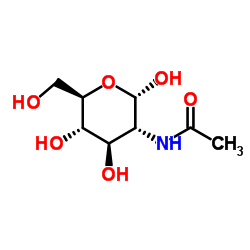
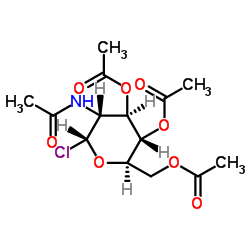
![N-[(2S,3R,4R,5R,6R)-2-(2-azidoethoxy)-4,5-dihydroxy-6-(hydroxymet hyl)tetrahydropyran-3-yl]acetamide structure](https://image.chemsrc.com/caspic/076/195384-42-0.png)
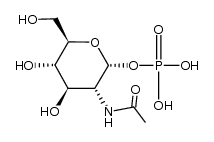
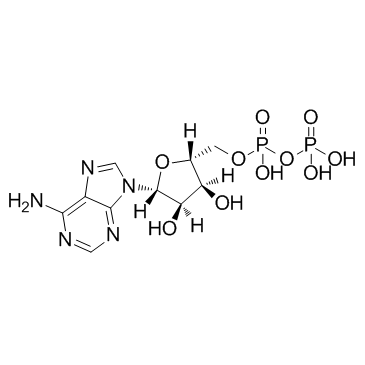
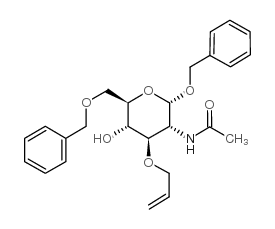

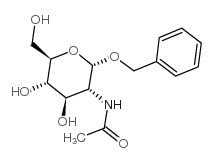
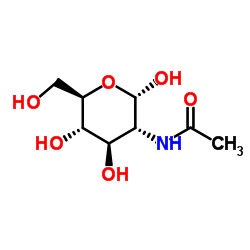
![N-[(2S,3S,4S,5S,6S)-4,5-dihydroxy-6-(hydroxymethyl)-2-methoxyoxan-3-yl]acetamide structure](https://image.chemsrc.com/caspic/320/3055-46-7.png)